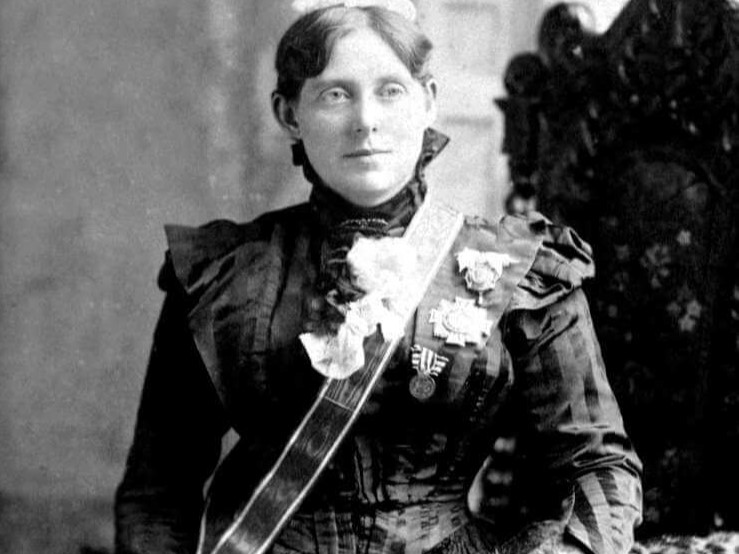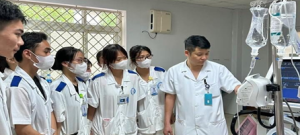The Environmental Theory propounded by Florence Nightingale stands as a seminal influence in the evolution of nursing pedagogy. Her visionary insights into the curative potential of the care environment have not only redefined nursing practices but have also been substantiated by empirical evidence demonstrating enhanced patient recovery rates. This discourse presents an empirical evaluation of Nightingale’s theory within contemporary nursing education and outlines methodologies for its augmented incorporation.

Empirical Evidence of Nightingale’s Contributions
During the Crimean War, Florence Nightingale’s groundbreaking work in improving sanitary conditions led to a significant reduction in mortality rates, plummeting from 42% to just 2%. Her methodical use of statistical analysis to push for reforms in hospital sanitation laid the groundwork for the evidence-based practices central to modern nursing education.
Present-day healthcare settings continue to validate the pertinence of Nightingale’s theory. Academic research indicates that nursing programs that integrate her environmental tenets have observed a substantial decrease in nosocomial infections, with some studies citing a reduction of up to 30%.
Xem thêm: Lịch sử ngành điều dưỡng thế giới
Methodologies for Theory Reinforcement
To deepen the integration of Nightingale’s Environmental Theory in nursing education, the following methodologies are recommended:

Educational Framework Refinement:
- Integrate educational content emphasizing the significance of environmental determinants in patient recovery.
- Utilize clinical simulations to demonstrate the pragmatic application of Nightingale’s environmental precepts.
Practical Training Enhancement:
- Mandate the evaluation and modification of patient environments as a component of clinical education.
- Establish standardized checklists that encapsulate Nightingale’s environmental considerations for use in clinical practice.
Professional Development Initiatives:
- Conduct seminars and workshops to disseminate contemporary research findings related to environmental health in nursing.
- Offer digital resources for nurses to continually update their understanding of Nightingale’s environmental theory.
Research Support and Technological Advancement:
- Endorse investigative studies that examine the modern applicability of Nightingale’s environmental factors.
- Innovate new technological solutions and protocols to optimize the arrangement of patient care settings.

Concluding Remarks
The testament to Florence Nightingale’s Environmental Theory lies in its enduring applicability and the quantifiable enhancements it brings to patient care. By strategically reinforcing her principles within nursing education frameworks, we can equip future nurses to foster recuperative environments that enhance patient health and recovery. Nightingale’s work exemplifies that a well-orchestrated environment is not merely a passive setting but a dynamic force in the healing process.
